The Check-In: Rethinking in-flight meals, outside-the-box accommodations, and more
What's the deal with airplane food?

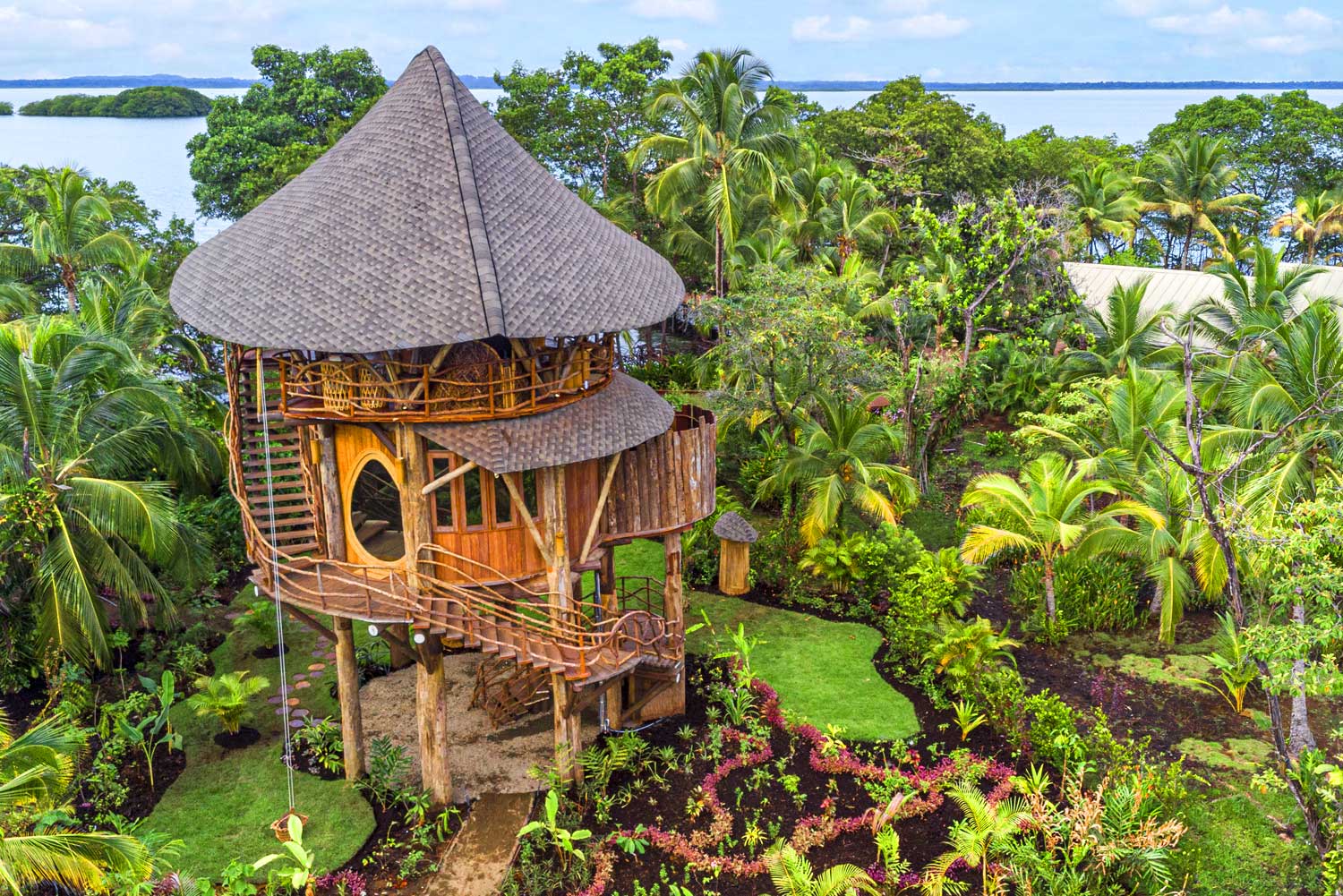
Welcome to The Check-In, our weekend feature focusing on all things travel.
With waste and costs up, some airlines are reconsidering in-flight meals
Skipping in-flight meals could give your taste buds a break — and also help the planet.
Delta and Japan Airlines are letting passengers opt out of food service before they board. In at least Delta's case, the option is only available to select passengers flying in the business class Delta One cabin. An airline representative told CNN that since 2022, about 1,000 to 1,500 meals are skipped every month.
The Week
Escape your echo chamber. Get the facts behind the news, plus analysis from multiple perspectives.

Sign up for The Week's Free Newsletters
From our morning news briefing to a weekly Good News Newsletter, get the best of The Week delivered directly to your inbox.
From our morning news briefing to a weekly Good News Newsletter, get the best of The Week delivered directly to your inbox.

Allowing passengers to turn down meals could reduce costs and waste. Because of certain industry regulations and laws about carrying fruit and meat over some borders, airlines typically have to incinerate or send unopened meals to the landfill rather than donate them to shelters or food banks. Some airlines allow flight attendants to eat business or first-class meals that haven't been touched, CNN notes, but it's rare.
Critics say the move is just a way for airlines to save money by taking something from passengers and making it look like it's good for the planet. Flying contributes to climate change regardless of customer meals. But for those looking for a different take, God Save the Points blogger Gilbert Ott told CNN he always turns down meals "no matter how I fly. The idea of eating at midnight throws off your whole next day, and I think there's credible science that it hurts your ability to recover from jet lag."
Tired of working from home? Think about working at sea
It might be time to consider working on the water ... since working from home is so 2022.
Life at Sea Cruises just announced a three-year cruise aboard the MV Gemini, which will stop in 135 countries on seven continents, covering 130,000 miles and 375 ports of call. Because this is such a long voyage, the ship will stay in each port for multiple days, giving passengers more time for adventures in places like Egypt, Mexico, and Antarctica.
A free daily email with the biggest news stories of the day – and the best features from TheWeek.com
For business purposes, the Gemini offers a center with meeting rooms, offices, and a library, as well as a pool, sun deck, and wellness center for fun. Passengers are eligible for free medical visits at the onboard, 24-hour hospital, and can attend lectures and classes to learn more about the ship's destinations. Reservations are now being accepted for a Nov. 1 departure date out of Istanbul. Prices start at $29,999 a year, with payment options beginning at $2,499 per month.
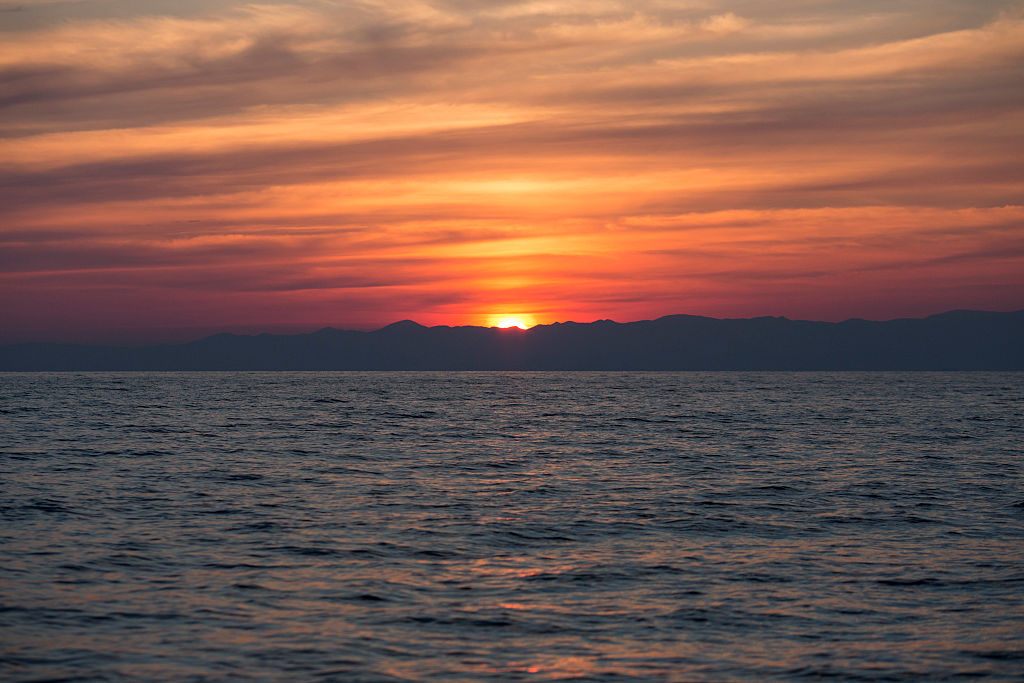
Uncommon accommodations abound in North and Central America
Whether they're choosing a tree house towering above a white sand beach or a yurt in the middle of the desert, more and more travelers are looking to ditch the traditional hotel room for an accommodation that stands out from the crowd.
"I think one factor is we've been looking at our same four walls for a long time, and looking at something different is really appealing," Misty Belles, vice president of global public relations at Virtuoso, told The Week. "One of the beauties and benefits of travel is it pushes you out of your comfort zone. By experiencing a different type of accommodation, you're unlocking a different part of your brain and get to enjoy the experience in a new way."
In Panama, on the private Frangipani Island, the luxury resort Nayara Bocas Del Toro is offering guests an experience the Swiss Family Robinson could only dream about; two 50-foot tree houses, designed by Elora Hardy, are now open for booking. Curved staircases lead you up to the tree houses, which are made from locally-sourced bamboo and 500-year-old wood recovered from the floor of the Panama Canal. Room service is delivered via a pulley system, and the 21-foot ceilings make the space feel light and airy. The one-bedroom tree houses are even solar-powered, and have outdoor showers and soaking tubs. When you're ready to climb down, a freshwater pool and elevated white sand beach built on stilts await you.
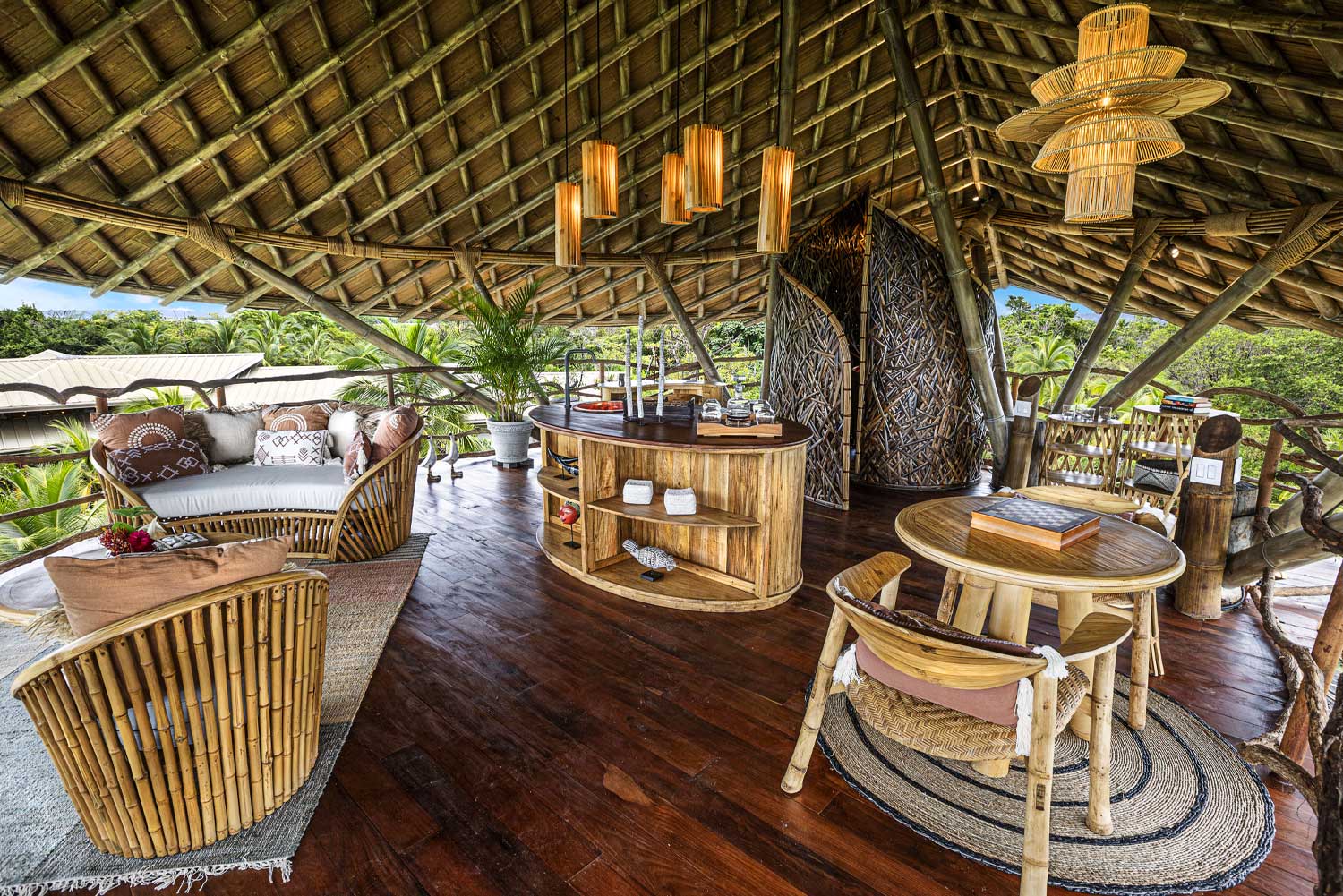
Mongolian yurts, Sioux-style tepees, restored vintage trailers, safari tents ... at El Cosmico, take your pick of lodging. This Marfa, Texas, property bills itself as a 21-acre "nomadic hotel and campground." By design, guests are meant to feel like they are part of their own little community, indulging in shared spaces like a hammock grove, outdoor kitchen and dining area, lounge, and stage. All are also encouraged to slow down and forget about their phones (WiFi is only available in the lounge). For a limited time, the Cosmic Kasita is available for booking — this collaboration between El Cosmico and micro-home builder Kasita offers a 325-square-foot space with a queen bed, bathroom and shower, and basic cooking supplies. It's also mirrored, meaning those outside its walls can see the desert reflected back at them.
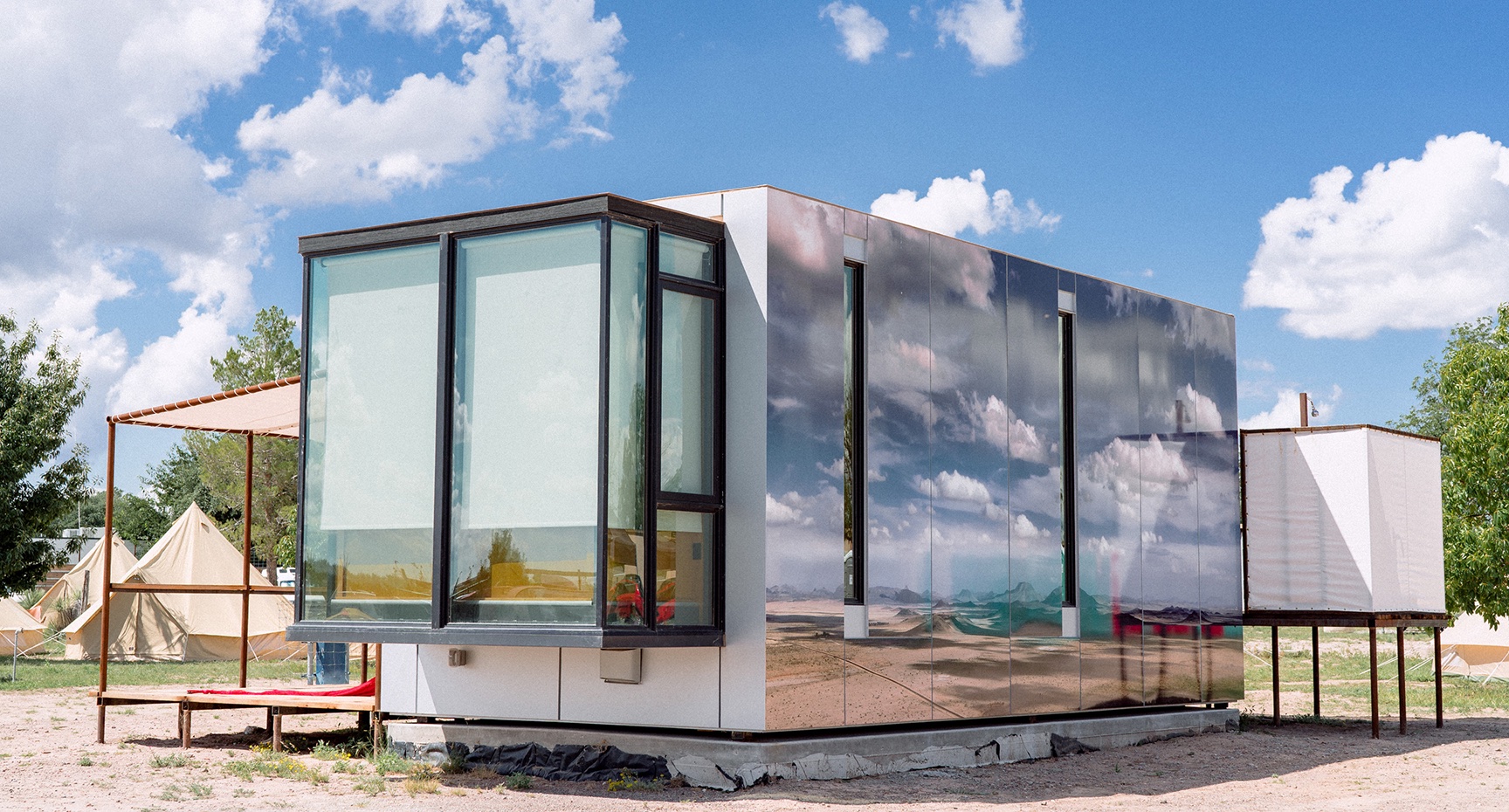
It doesn't get cooler than the Hôtel de Glace, right outside of Canada's Québec City. Made entirely of ice and snow, it takes 50 workers — including 15 sculptors — six weeks to build the 30-room hotel, which has a different theme every year. Even the furniture and the art on the walls are made of ice, though there are a few exceptions to that rule (some rooms have small fireplaces and/or private hot tubs). Guests sleep on mattresses atop blocks of ice, curled up in sleeping bags that can handle temperatures between 5 and 22 degrees Fahrenheit. And before hitting the hay, it's recommended you hit up the Nordic relaxation area, where outdoor hot tubs and saunas will help warm your body up for the night.
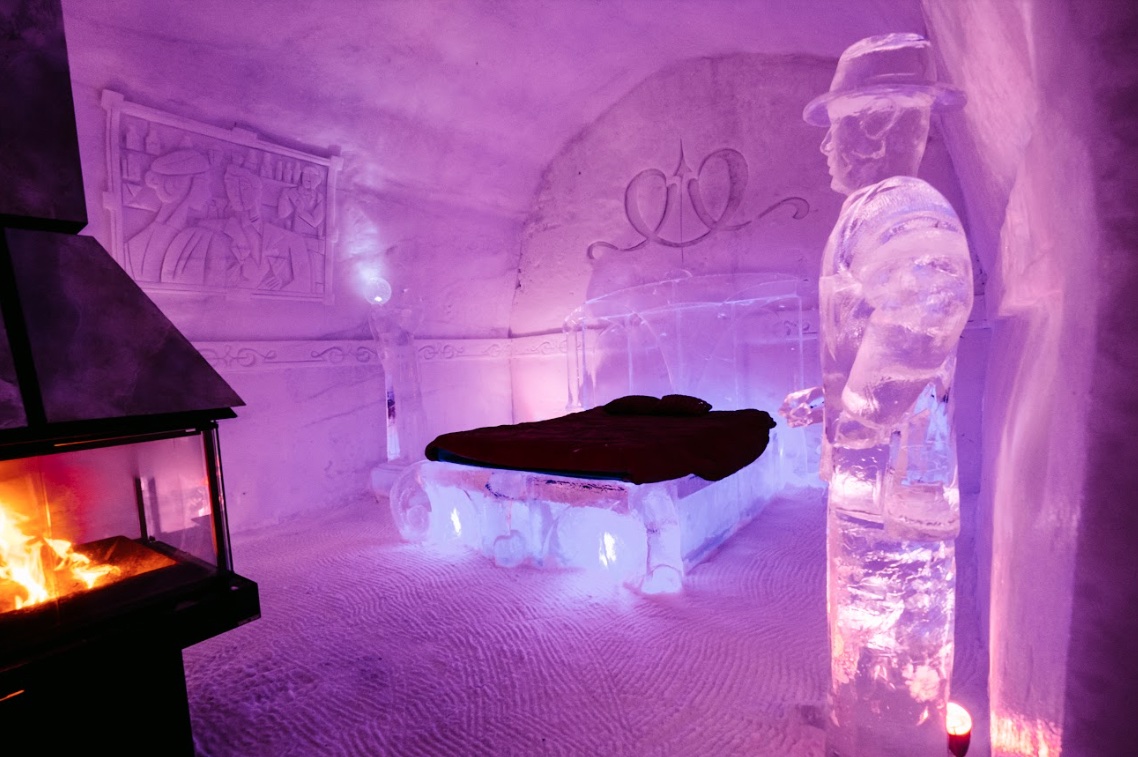
At the top of the Conrad Creek ridge in northeastern Nevada's Ruby Mountains, at an elevation of 9,700 feet, sits the Ruby High Yurt. This solar-powered and fully-furnished yurt is the perfect escape for up to four people, but there's a catch — to get there, you must either hike in with a guide or take a helicopter. The climb is a strenuous one, with a 3,000-foot elevation gain over three miles, and guests must bring their food and beverages with them (there is no water source by the yurt). Whichever arrival option you choose, prepare for unforgettable memories and incredible views.
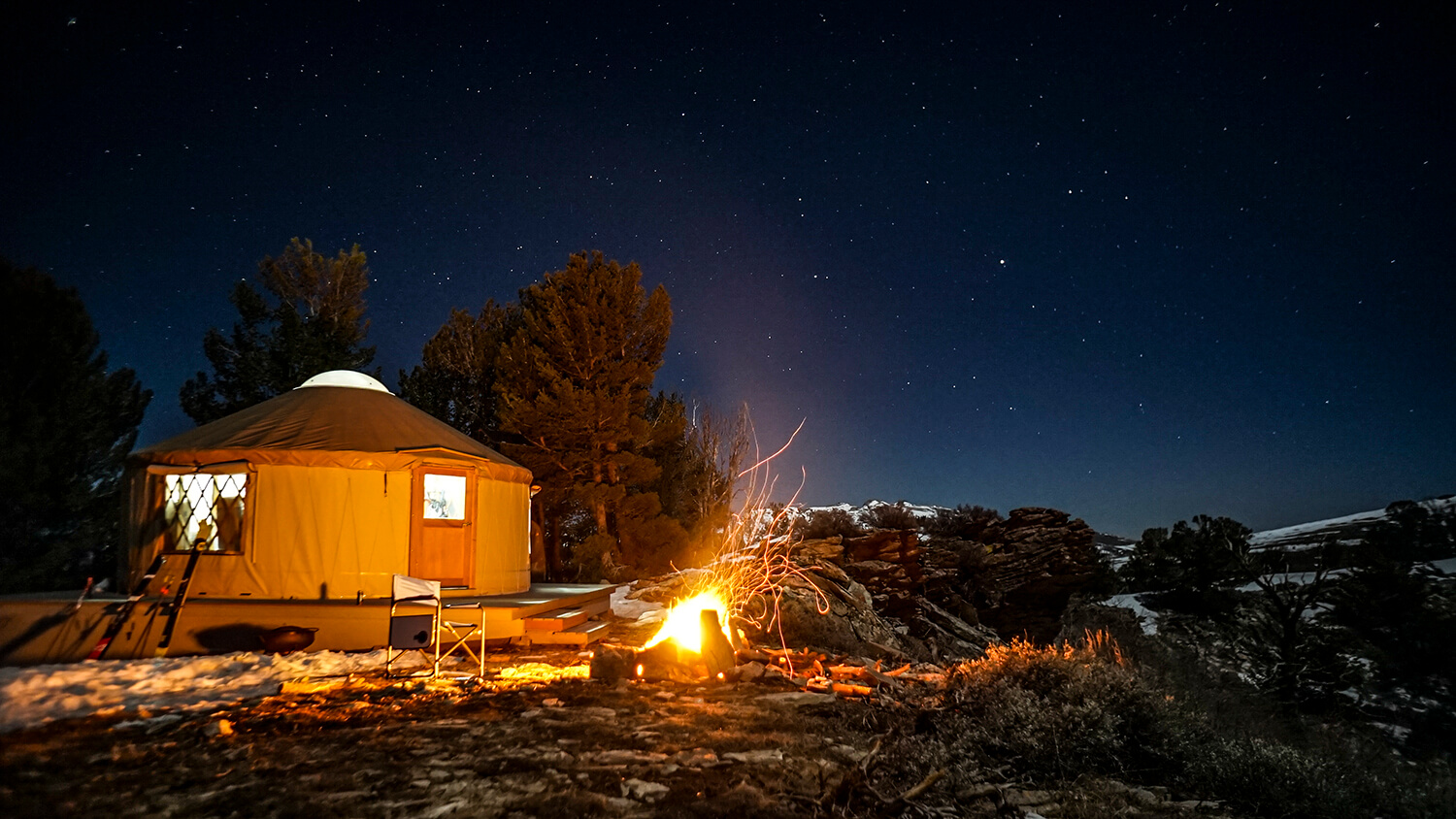
Plan accordingly: Upcoming events to add to your calendar
The artists who participate in Desert X use Southern California's Coachella Valley as a canvas, with their contemporary, site-specific art installations appearing, as if by magic, across the expanse. The goal of Desert X, presented by The Desert Biennial and held this year from March 4 to May 7, is to engage with the environment and spark conversations, all while leaving no trace when the activation ends. Desert X is a free, self-guided experience, and maps of the installations are available on the Desert X website. On Saturdays, from 10 a.m. to noon, there will be docents at most installation sites, ready to answer any questions.

For more travel news and features, sign up for The Week U.K.'s Travel newsletter, delivered to your inbox every two weeks.
Catherine Garcia has worked as a senior writer at The Week since 2014. Her writing and reporting have appeared in Entertainment Weekly, The New York Times, Wirecutter, NBC News and "The Book of Jezebel," among others. She's a graduate of the University of Redlands and the Columbia University Graduate School of Journalism.


